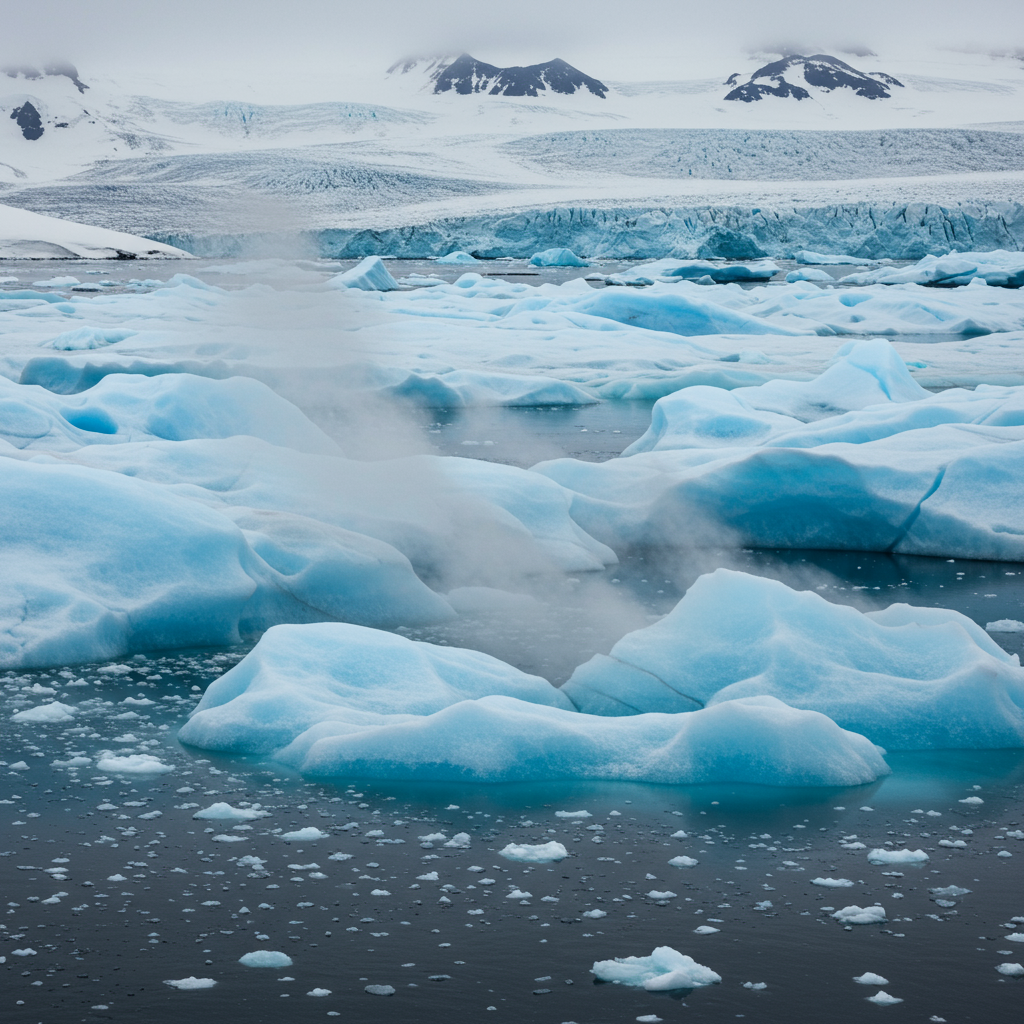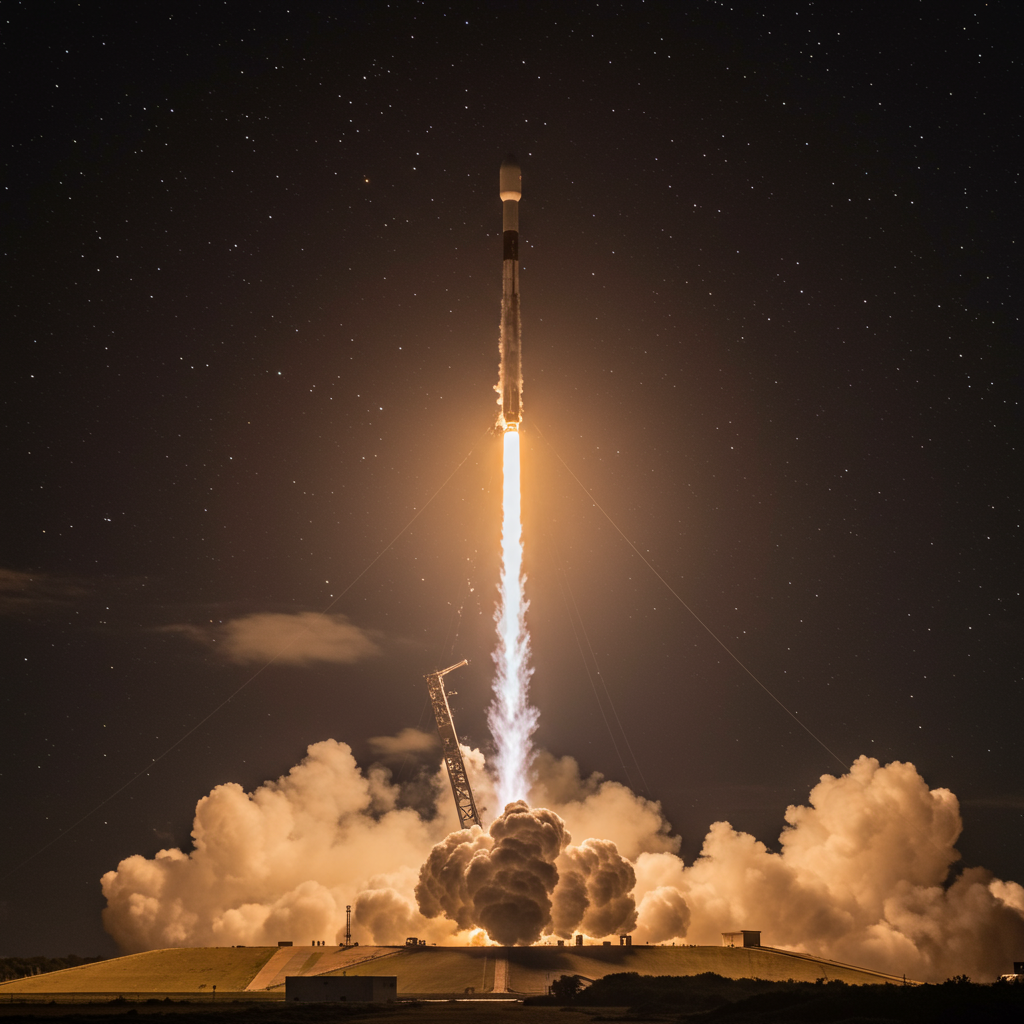Antarctica, a vast continent synonymous with ice and cold, holds a hidden geological secret. Buried beneath its massive ice sheets are hundreds of volcanoes. For millennia, the sheer weight of the ice has acted like a giant lid, suppressing the fiery forces below. But as global temperatures rise and the ice begins to thin and retreat, scientists are uncovering a concerning link: melting ice could potentially awaken these sleeping giants, sparking explosive eruptions.
Recent research highlights this surprising connection. A study presented at the Goldschmidt Geochemistry Conference revealed that the rapid loss of glacial mass can reduce the immense pressure on underlying magma chambers. Think of it like uncorking a shaken bottle of soda. This pressure release allows magma to expand and volatile gases within it to bubble, increasing the likelihood and potentially the violence of volcanic eruptions.
The Science Behind the Melt-Volcano Link
This isn’t just a theoretical idea. Geological evidence from other glaciated regions provides compelling support. Scientists investigated volcanoes in Chile’s Andes Mountains, including the Mocho-Choshuenco volcano. This area was once covered by the thick Patagonian Ice Sheet during the last Ice Age.
Using techniques like radioisotope dating and crystal analysis, researchers studied the history of eruptions in the region. They found that between 26,000 and 18,000 years ago, when ice cover was thickest, volcanic activity was significantly suppressed. However, as the ice rapidly melted around 13,000 years ago, eruptions at places like Mocho-Choshuenco became much more frequent and violent.
This pattern suggests that the prolonged suppression under the ice allowed magma to build up. When the pressure was released by the melting ice, this pent-up magma erupted more explosively. Similar observations have been made in Iceland, where volcanic activity has also been linked to glacial retreat. The Chilean study is crucial because it shows this mechanism isn’t limited to island environments; it can apply to large continental ice sheets.
Why Antarctica Is Particularly Vulnerable
The most significant concern raised by this research focuses squarely on Antarctica. The West Antarctic Ice Sheet, in particular, overlies at least 100 known volcanoes. Many of these are buried deep beneath the ice.
Scientists warn that the continued, rapid loss of ice from this region due to climate change could “unleash” considerable volcanic activity. The amount of pressure being removed is enormous. This could trigger eruptions in volcanoes currently considered dormant or even unknown. The potential scale of activity in Antarctica is immense due to the sheer number of subglacial volcanoes present.
While a single large volcanic eruption can sometimes cause temporary global cooling by sending particles high into the atmosphere, the long-term effects of increased volcanism are worrying. Volcanoes also release vast amounts of greenhouse gases, such as carbon dioxide (CO2).
The Dangerous Feedback Loop
Increased volcanic activity spurred by melting ice could create a dangerous climate feedback loop. Eruptions would pump more greenhouse gases into the atmosphere. This would contribute to further global warming. Higher temperatures would then accelerate the melting of ice sheets and glaciers. This, in turn, could trigger even more volcanic eruptions. It’s a cycle that could potentially accelerate the pace of climate change.
This phenomenon isn’t confined to Antarctica. Glaciated areas in other parts of the world could also be at risk. This includes regions in North America, New Zealand, and Russia where significant ice cover exists over volcanic areas. Volcanoes previously considered inactive might pose future threats as local glaciers melt.
Monitoring and Future Research Needs
Despite the potentially massive impact, volcanism has been historically under-studied within the context of climate change models. The new findings stress the critical importance of monitoring glaciated regions closely. Integrating geological responses like eruptions into climate risk assessments is crucial for a complete picture of future climate scenarios.
While the volcanic response to ice melt isn’t instantaneous – it can take centuries for the geological changes to manifest – this timeframe is relatively fast on a geological scale. This geological “slow-burn” allows time for scientists to monitor for warning signs. Changes in magma movement or gas emissions could provide clues about impending activity. However, the melting process and subsurface changes have already begun in many areas.
The research suggests that as glaciers retreat and expose ancient volcanoes, Earth’s response to warming might not just be gradual sea-level rise. It could also include dramatic, unexpected geological events. More research is urgently needed to better understand the complex interactions between a warming climate and the Earth’s dynamic geological systems.
Frequently Asked Questions
How exactly does melting ice trigger volcanic eruptions?
Melting ice reduces the massive weight and pressure that glaciers exert on the Earth’s crust below them. This pressure previously acted like a heavy cap on underlying magma chambers. When the ice melts, this cap is removed. The release of pressure allows the magma to expand and the gases dissolved within it to bubble more freely. This build-up of internal pressure can make an eruption more likely and potentially more explosive.
Which areas are most at risk from volcanoes triggered by melting ice?
Regions with significant ice cover overlying volcanic systems are most vulnerable. Antarctica, particularly the West Antarctic Ice Sheet which covers hundreds of volcanoes, is a primary concern due to its massive ice loss. Other areas with large glaciers over volcanoes, such as parts of Chile’s Andes Mountains (where historical evidence supports the link), Iceland, North America, New Zealand, and Russia, could also face increased risk as their ice retreats.
What are the potential climate impacts of increased volcanic activity from melting ice?
While very large single eruptions can cause short-term cooling by blocking sunlight with aerosols, sustained or increased volcanic activity poses a long-term warming threat. Volcanoes release significant amounts of greenhouse gases like carbon dioxide and methane. If melting ice triggers more eruptions, the release of these gases could contribute to global warming. This creates a dangerous feedback loop: warming causes melt, melt triggers eruptions, eruptions release greenhouse gases, which cause more warming and melt.
The research offers a unique and concerning perspective on climate change impacts. It highlights that the consequences of melting ice could extend far beyond sea level rise, potentially involving dramatic and globally disruptive geological events. Understanding these complex Earth system interactions is vital for future climate preparedness.




